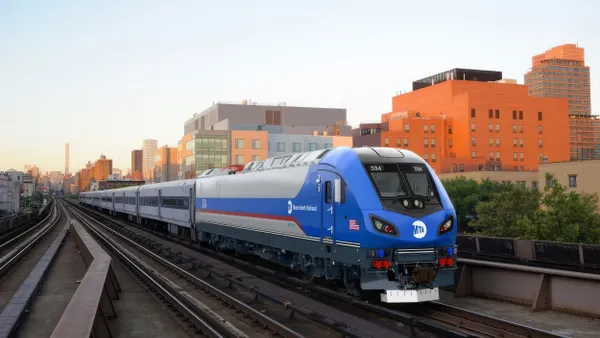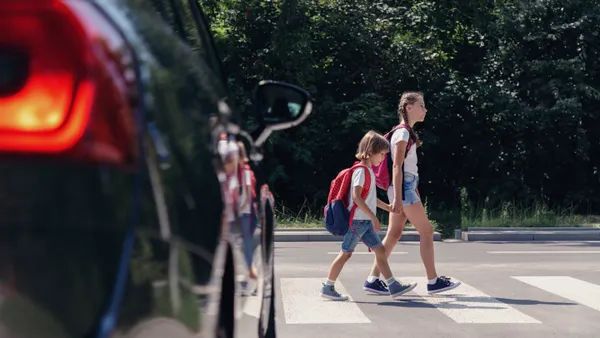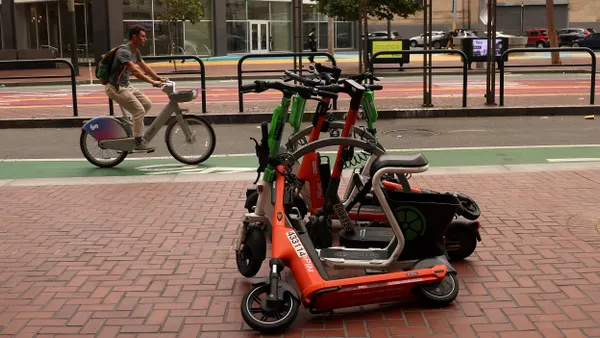Dive Brief:
- Uber has resumed testing its autonomous vehicles (AVs) in San Francisco on a limited basis, a company spokesperson confirmed to Smart Cities Dive.
- The company said two autonomous Volvos resumed driving on select public roads in San Francisco on Tuesday, only during daylight hours. The cars will have two safety drivers each, with those employees having completed new training on safety awareness. AV tests will be limited to a few weeks while Uber updates its systems.
- The testing follows Uber recent return to the list of approved AV testers by the California Department of Motor Vehicles (DMV). "We are excited to resume autonomous testing in Uber's home city this week," an Uber spokesperson told Smart Cities Dive in an email. "Our testing area will be limited in scope to start, but we look forward to scaling up our efforts in the months ahead and learning from the difficult but informative road conditions that the Bay Area has to offer."
Dive Insight:
This reemergence on San Francisco streets comes around two years after Uber dramatically scaled back its AV testing following the death of Elaine Herzberg, a Tempe, AZ pedestrian hit by an Uber AV. Since then, the company has come under fire from the National Transportation Safety Board (NTSB) for lax safety practices, and has taken pains to show regulators how it has learned from that incident and improved its safety culture.
Herzberg's death prompted Uber to suspend all AV testing in Tempe and San Francisco, as well as in Pittsburgh, Toronto and statewide in Arizona. The move was accompanied by layoffs of around 300 employees in several locations.
Since then, the company has made cautious moves back into the testing space. It resumed testing in Pittsburgh in late 2018, and announced it would start collecting data in Dallas and Washington, DC to support potential deployments there.
Since Herzberg's death, Uber has upped its safety game, including its requirements for safety drivers. The company said it beefed up its training to test reactions in a wide variety of scenarios, while it has put together a team dedicated to safety as well as made various technological improvements.
While the future of AVs is uncertain (and the subject of much speculation), Uber hopes its efforts to rebuild public confidence in its technology can continue. With two safety drivers on hand, and the AVs only out during daylight, the latest in San Francisco represents an incremental approach that could help rebuild city residents' faith after it was badly shaken in 2018.










